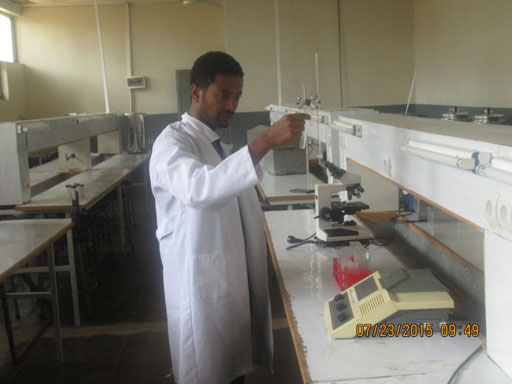9.4 Water quality standards
As mentioned above, customer complaints may be about water quantity and breaks in supply, but they may also be about water quality. This could be an undesirable colour or taste in the water that consumers have detected. More seriously, it could be a problem related to ill health that has been linked to the water supply. To check that the water supplied is both potable and palatable requires standards to be established. Drinking water standards are a set of limits for a wide range of substances, organisms and properties of water, with the protection of public health as the focus.
As you have read, water can contain many different types of biological contaminants. Water is considered a good and universal solvent, which means all kinds of dissolved substances can be found in it as well. As a result, there is a need to have precise assessment methods that are used to test for the presence and concentrations of these substances to find out if they are within the water quality standards. The World Health Organization publishes international guidelines for drinking water quality (WHO, 2011) and most national governments also produce their own country standards.When the standards are breached, it gives a signal to the water supplier to investigate and take remedial action. Although standards are set in Ethiopia, quality assurance is not always present.
In addition to measuring health-related parameters set in international and national drinking water quality standards, water suppliers need to carry out a wide range of analyses important to the operation and maintenance of water treatment and distribution systems. These analyses (Figure 9.5) should include acceptability, which is a critical parameter. (Parameter means a measurable factor.) If the water supplied to the community is not acceptable (for example, because it has a tinge of colour in it due to natural compounds present, which may not be harmful), consumers may choose a more palatable, but possibly unsafe, water source. Acceptability may be assessed by physical observation (such as taste, colour, odour, visible turbidity), without laboratory determinations. Water utilities will monitor the water quality to check that the standards are adhered to.

9.3 Handling customer complaints
